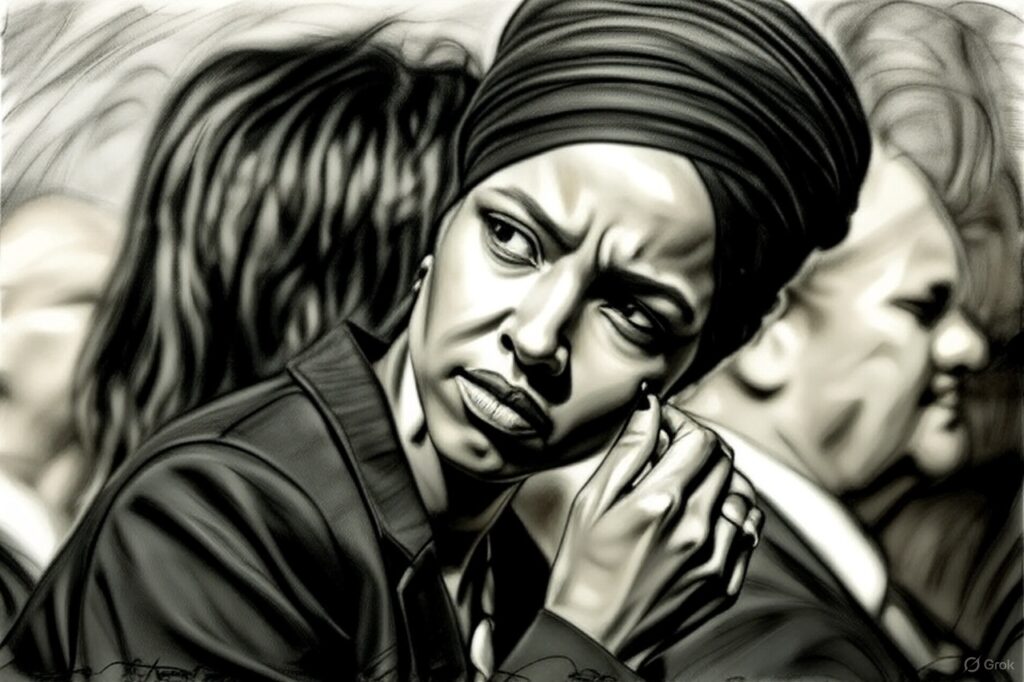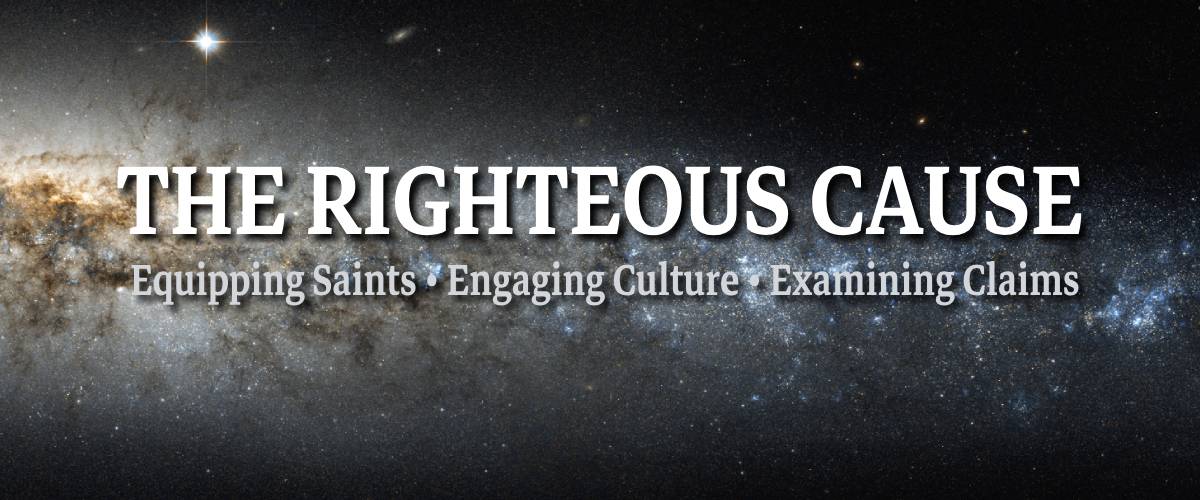
“The idea that America is a White nation that must be preserved is disgusting.”— Democrat Rep. Ilhan Omar
— Liberacrat™️ (@Liberacrat) October 1, 2025
An Investigative Analysis of Rep. Omar’s Statement and the Movement She Critiques
When Representative Ilhan Omar (D-MN) declared that “the idea that this is a white nation that needs to be preserved is a fascinatingly disgusting view,” she joined a chorus of politicians treating white nationalism as a major threat to American democracy. But does the scale of organized white nationalism justify its prominence in national political discourse, or has a marginal movement been amplified beyond its actual significance?
The Hard Numbers: A Movement in Perspective
Conservative scholars estimate that approximately 100,000 Americans actively participate in organized white nationalist groups as of mid-2024. In a nation of 335 million people, that represents roughly 0.03% of the population—about one in every 3,350 Americans.
To put this in context: there are more professional dog groomers in America (approximately 150,000), more people who identify as Wiccans (up to 1.5 million), and far more members of the NRA (approximately 5 million). The active white nationalist population is smaller than the number of Americans who raise alpacas commercially.
The Southern Poverty Law Center tracked 595 hate groups in 2023, which include but are not limited to white nationalist organizations. Even accounting for sympathizers beyond active members, the organized white nationalist movement remains statistically minute.
The Visibility Paradox
Critics have argued that the press coverage these groups receive since incidents like Charlottesville is “arguably in steep disproportion to their sway and numbers”. This raises a journalistic question: when does appropriate vigilance cross into disproportionate amplification?
The white nationalist movement at its 1920s peak, when the second Ku Klux Klan claimed approximately 15% of the nation’s eligible population, or 4 to 5 million men, represented genuine mass politics. Today’s movement, by comparison, couldn’t fill a mid-sized sports stadium.
The Counterargument: Impact vs. Numbers
Defenders of treating white nationalism as a major issue point to several factors beyond membership rolls:
Violence Disproportionate to Size: White nationalist extremists have committed numerous high-profile attacks, including the Charleston church shooting, the Pittsburgh synagogue massacre, and the Buffalo supermarket attack. The FBI has consistently identified domestic violent extremism, much of it white nationalist in ideology, as a primary terrorism threat.
Online Amplification: The Anti-Defamation League reported a 182 percent increase in incidents of distribution of white supremacist propaganda in recent years. Social media allows small groups to project influence far beyond their numbers.
Mainstreaming of Rhetoric: Some argue that while explicit white nationalist organizations remain small, their talking points about demographic change, “replacement,” and threats to “Western civilization” have entered mainstream conservative discourse, creating what critics call a “pipeline” from respectable politics to extremism.
Public Perception: As of May 2022, 40 percent of surveyed registered voters felt that white nationalism was a critical threat in the United States, suggesting the perceived threat significantly exceeds the actual membership numbers.
The Political Calculation
For politicians like Rep. Omar, condemning white nationalism serves multiple purposes. It signals solidarity with minority constituents who may feel vulnerable, distinguishes oneself from political opponents, and aligns with institutional positions (the FBI, DHS, and military have all identified white nationalism as a security concern).
But there’s a paradox: the more politicians elevate white nationalism as a major threat, the more they potentially inflate the significance of a marginal movement. Every congressional hearing, every presidential statement, every prime-time denunciation arguably gives these fringe groups the attention and notoriety they crave.
The Definitional Problem
Part of the debate hinges on definitions. Organized white nationalist groups with explicit ideologies represent a tiny fraction of Americans. But suppose one expands the definition to include anyone with racial resentment, anxiety about demographic change, or opposition to immigration and diversity initiatives. In that case, the numbers grow considerably—though at the cost of conflating racist extremism with mainstream conservative politics.
Critics of politicians like Omar suggest this definitional slippage is deliberate, allowing them to tar ordinary conservatives with the brush of extremism. Supporters counter that refusing to acknowledge connections between mainstream political rhetoric and fringe movements is willfully naive.
The Media’s Role
Media coverage faces an inherent dilemma. Ignoring white nationalism risks downplaying a source of real violence and failing to warn vulnerable communities. Over-covering it risks both amplifying extremist messages and creating a distorted picture of American society where white nationalism appears far more prevalent and powerful than it actually is.
When a tiny movement generates outsized news coverage, political speeches, and legislative attention, journalists must ask: are we reporting the story, or inflating it?
Conclusion: Proportion and Politics
The empirical reality is stark: organized white nationalism in America today represents an extraordinarily small percentage of the population. The movement’s actual membership would qualify it as a minor political faction barely worthy of notice in a nation of 335 million people.
Yet small groups can commit large harms. The question isn’t whether white nationalism is morally repugnant—it unquestionably is. The question is whether its current scale and trajectory justify its prominent role in national political rhetoric.
When Rep. Omar condemns white nationalism, she’s not fabricating a threat from nothing. But she is participating in a political ecosystem that has arguably elevated a marginal ideology to center stage, where it occupies rhetorical space vastly disproportionate to its actual footprint in American life.
The investigative challenge is determining whether this reflects appropriate vigilance, political opportunism, or something more complex—perhaps a society grappling with difficult questions about identity and belonging, using the specter of white nationalism as a proxy for larger, more uncomfortable debates it’s not quite ready to have directly.
This analysis examines the scale and political significance of white nationalism without endorsing or opposing any particular viewpoint on immigration, diversity, or American identity.
